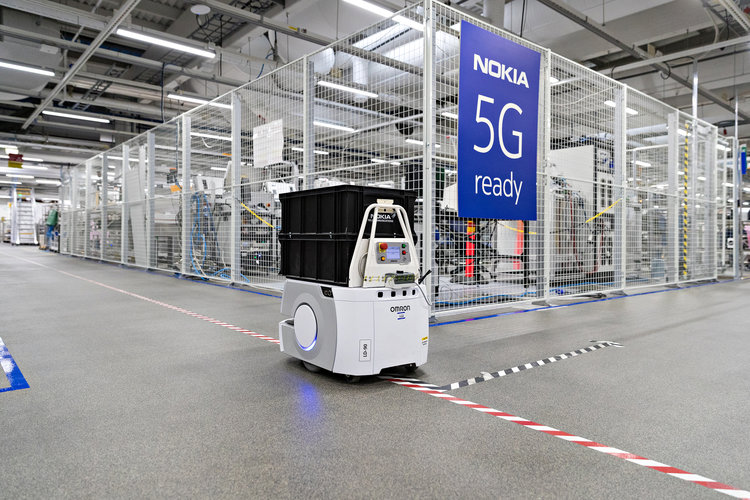Nokia secures 5G chip partnerships with Intel and Marvell
Nokia seeks additional silicon expertise

Nokia hopes partnerships with Intel and Marvell will accelerate the development its 5G chipsets amid concerns about the Finnish firm’s progress in delivering its next generation networking strategy.
Both deals concern the development of silicon technology and are aimed to improve the capabilities of Nokia’s ReefShark family of chipsets used to power its radio access technology (RAT).
The idea is that by combining various functions into a single chip, ReefShark can reduce the size, cost and energy consumption at each cell site, helping operators realise the full operational benefits of 5G.
- Intel targets base stations with new Atom chip
- Nokia CEO steps down
- What is 5G? Everything you need to know
Nokia chip partnerships
However Nokia’s 5G strategy has come under scrutiny from media and investors. The high cost of developing 5G technology and intense competition in the sector has resulted in the firm cutting its financial outlooks and pausing dividends in recent times.
A possible merger or sale of the company has been touted and last week, CEO Rajeev Suri said he was stepping down to be replaced by Pekka Lundmark.
The company will hope the announcement of these deals, which bring additional silicon expertise and technologies to the table, will ease any worries.
Nokia says it is committed to the development of the ReefShark platform and will work with Marvell to create “multiple generations” of custom silicon and infrastructure processors. These will combine Nokia’s wireless technology with Marvell’s multi-core ARM-powered processor platforms.
Sign up to the TechRadar Pro newsletter to get all the top news, opinion, features and guidance your business needs to succeed!
“This important announcement highlights our continued commitment to expanding the variety and utilization of ReefShark chipsets in our portfolio,” said Tommi Uitto, President of Mobile Networks at Nokia.
“This ensures that our 5G solutions are equipped to deliver best-in-class performance to our customers. As service providers continue to evolve their 5G plans and support growing traffic and new vertical services, the infrastructure and components must evolve rapidly. Adopting the latest advancements in silicon technology is a critical step to better serve our customers’ needs.”
Nokia will also collaborate with Intel on silicon technology and ship Intel Atom-powered variants of its 5G AirScale radio access technology. Nokia will also use Intel’s second generation Xeon scalable processor in its AirFrame data centre kit, allowing for common architecutre from the cloud to the edge of 5G networks.
“5G networks need to support billions of devices and machines, and this massive increase in volume and scale means that existing infrastructure and components must evolve rapidly, adopting technologies and techniques to enable to deploy 5G networks quickly, added Uitto.”
Both the new Xeon chip ad the Intel Atom P5900 platform were detailed last week. The latter is Intel’s first architecture-based 10nm base station chip and promises to support operators meet critical 5G network needs such as high capacity and ultra-low latency.
The second generation Intel Xeon scalable processor to support the virtualisation of core networks. The chip offers an average 36 per cent boost in performance, hardware-enhanced security, and built-in encryption accelerators.
- Here are the best 5G phone deals of 2020
Steve McCaskill is TechRadar Pro's resident mobile industry expert, covering all aspects of the UK and global news, from operators to service providers and everything in between. He is a former editor of Silicon UK and journalist with over a decade's experience in the technology industry, writing about technology, in particular, telecoms, mobile and sports tech, sports, video games and media.